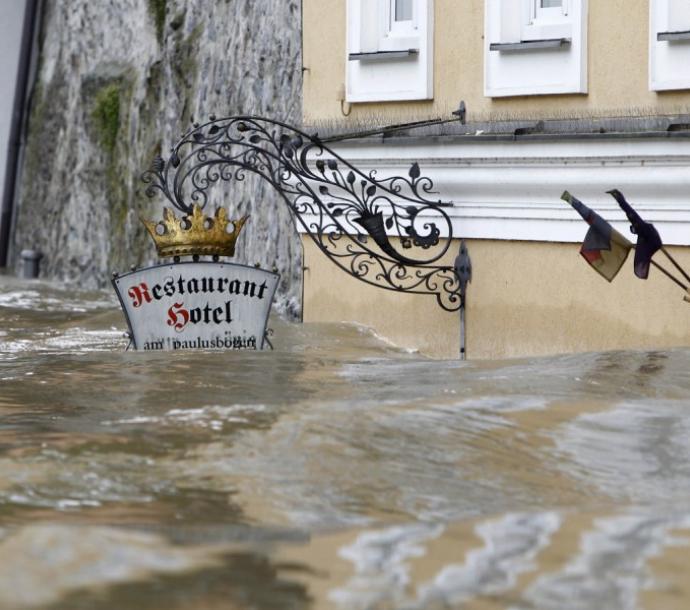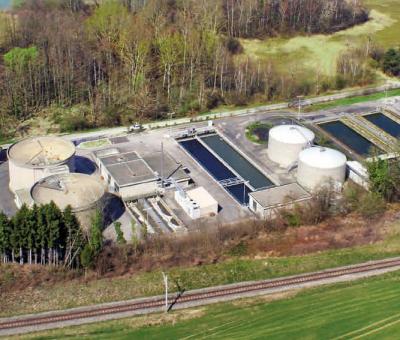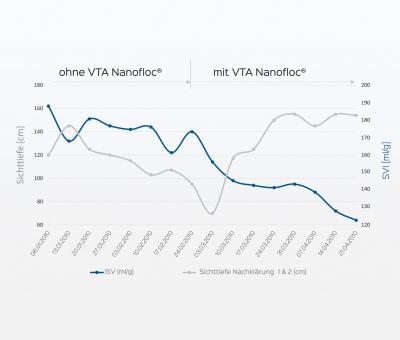Floods: Treatment plant defies enormous hydraulic load with VTA Nanofloc®
In the history of Passau, 2 June 2013 will go down as a day of disaster: the city of three rivers succumbed to the waters of the worst floods in centuries. In the surrounding Lower Bavarian catchment area, there was also a state of emergency – including at its treatment plants.
Take for example the municipality of Ruhstorf an der Rott: the plant there, which has a capacity of 14,200 PE, treats the wastewater from its own community and that from neighbouring Fürstenzell. ‘The extreme rainfall meant that, while it lasted, we had an incredibly high hydraulic load,’ says wastewater manager Alfred Seitz. The peak value was recorded on 2 June – 17,000 cubic metres – almost six times higher than usual (3,000 cubic metres/day). Even two days later, the load was still at 14,000 cubic metres.
‘We did everything that we possibly could,’ says Seitz, looking back on those dramatic days. In this critical situation, chance came to the rescue – in the form of VTA Nanofloc®. Because just as the floods hit, practical testing was being carried out at the Ruhstorf treatment plant in an effort to improve the static thickening properties of the surplus sludge with this first-rate product.
Zero sludge overflow
The fact that there was VTA Nanofloc® in the system when the big rains came proved to be a blessing: ‘We had no sludge overflow whatsoever, absolutely zero! And the depth of visibility was constant at an average of 1.8 metres,’ says Seitz, still impressed today. Throughout this, the minimum testing dosage had been maintained. ‘Just brilliant, I really have to say,’ says the wastewater manager in summary. Incidentally, the actual Nanofloc test also proved successful in thickening the sludge. Seitz: ‘The return water is now crystal clear, and separation efficiency is excellent.
Field report from the VTA Group’s scientific journal “Laubfrosch”, issue 62





